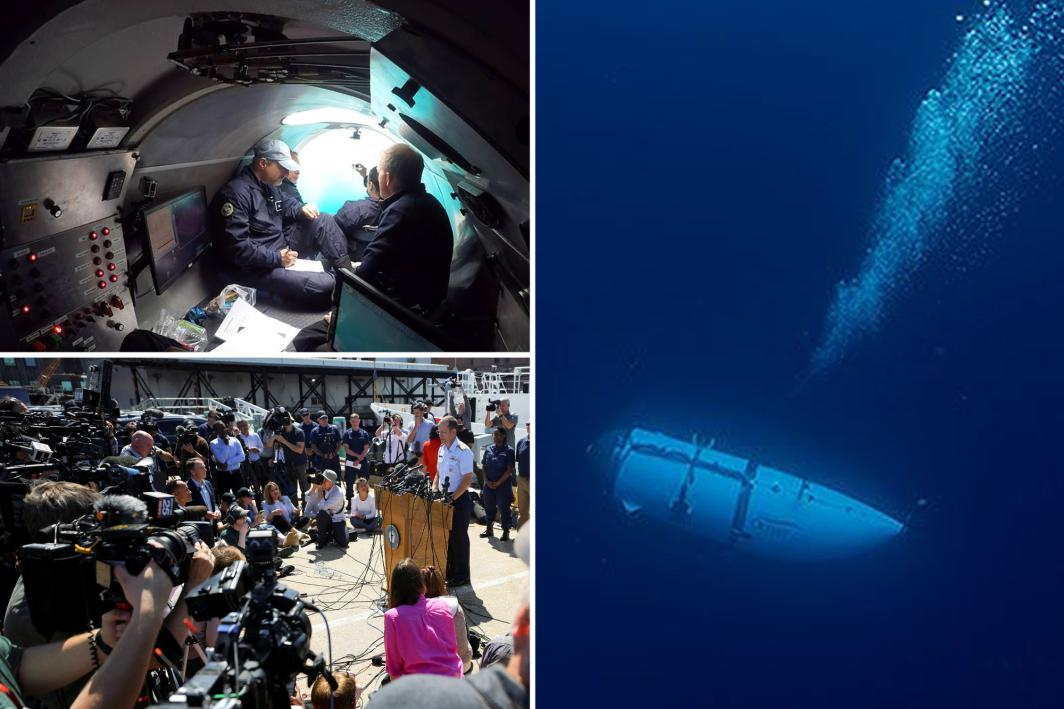Titan submersible implosion likely happened within a millisecond or nanosecond, so fast victims never knew it happened - Expert says
The Titanic submersible would have imploded and killed its crew so fast the five people aboard “never knew it happened,” an expert has revealed .
Debris from the OceanGate Expeditions’ Titan submersible was found Thursday June 22, confirming all those aboard had perished.
The US Coast Guard said the array of debris on the ocean floor, found 1,600 feet from the bow of the Titanic, meant the craft would have suffered a “catastrophic implosion,” sometime after it had been lost one hour and 45 minutes into its dive to the wreck, 12,500 feet below the surface on Sunday.
By the time communication was lost, the vessel would have been close to 10,000 feet below the surface, experts told The Post, at which point the enormous water pressure would mean any tiny weakness, crack or fissure to the submersible’s hull would cause it to instantly implode.
The bodies of the sub’s five explorers Suleman Dawood, 19; his business tycoon father Shahzada, 48; British billionaire Hamish Harding, 58; famed Titanic explorer Paul-Henri Nargeolet, 77; and OceanGate founder and CEO Stockton Rush, 61 are unlikely to be recovered.
Ofer Ketter, a submarine and submersible expert said the implosion would occur within a millisecond, if not a nanosecond, if something breached the hull of the vessel to cause a loss in pressure.
“They never knew it happened,” he said, of the five victims. “Which is actually very positive in this very negative situation.”
“It was instantaneous — before even their brain could even send a type of message to their body that they’re having pain,” Ketter, co-founder of a private submersible company called Sub-Merge, told The Post from Costa Rica.
With the spread of the debris found on the ocean floor, experts agree the submarine most likely imploded during its descent to the wreck on Sunday, around the time or shortly after it had lost contact with the surface.
Pressure that far under the water’s surface is around 6,000 pounds per square inch, which the carbon fiber and titanium exterior of the Titan was designed to withstand.
Any defect or any kind of leak from either the inside or outside the vessel would result in an implosion — the opposite of an explosion— where the pressure surrounding an object pushes into it.
Another expert, Dr. Peter Girguis, oceanographer and Harvard University professor, compared the submersible to a scuba tank.
“When a scuba tank is overfilled,” he told The Post, “there’s a safety device that releases gas very quickly. At least that’s the plan.”
“When you take the equivalent of a scuba tank and you want it to hold the pressure out, it’s a different story — because if you go beyond the strength of the vessel, then it crushes or collapses.”
Regarding the implosion itself, he added: “We tend to believe they [are] swift and they tend to be complete, but I want to emphasize again, we don’t exactly know.”





Comments
Post a Comment
Message Sent